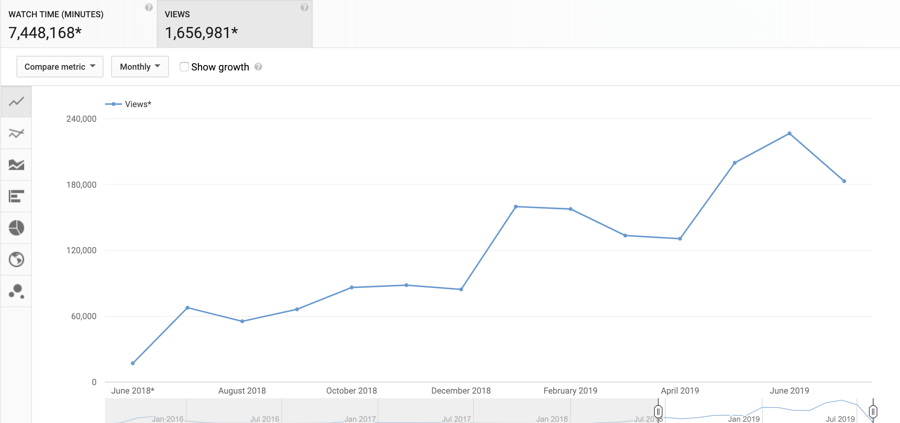Despite improvement over the last decade, financial inclusion in the Middle East and North Africa (MENA) region remains relatively low. According to the Global Findex, only 53% of adults in MENA have an account (including mobile money) as of 2021, up from 38% in 2011. By comparison, the same headline indicator for Sub-Saharan Africa in 2021 stood at 55%, 68% in South Asia, 74% in Latin America and the Caribbean, 83% in East Asia and the Pacific, and 90% in Europe and Central Asia, while the World average was 76%. As policy makers grapple with how to expand financial inclusion, some, including those in MENA, are considering introducing a Central Bank Digital Currency (CBDC).
CBDC is a form of digital money, denominated in the national unit of account, which is a direct liability of Central Banks. Like cash, CBDC is central bank money, making it fundamentally different from private money such as bank deposits and e-money, which are liabilities of private financial institutions. There are two types of CBDC:
- Wholesale CBDC is accessible only by financial institutions and, in that sense, resembles central bank deposits.
- Retail (general purpose) CBDC is accessible to households and businesses and is more relevant for financial inclusion. Retail CBDC and physical cash are the only two forms of money that are central bank liabilities and accessible to all agents in an economy (i.e., individuals, businesses, government agencies, financial institutions). Because of this, retail CBDC can be described as a digital form of “cash”.
The focus of this blog is on retail CBDC given its potential impact on financial inclusion (from here on referred to simply as CBDC).
While introducing CBDCs could be beneficial, they have to be tested further, across time and jurisdictions, to draw reliable conclusions regarding their impact in practice . To date, only three jurisdictions have fully launched retail CBDC (Bahamas, Jamaica, Nigeria). Several others have advanced pilots underway (e.g., Eastern Caribbean Central Bank, China, Ghana). Others are in different stages of assessing the feasibility of CBDC.
The CBDC drivers and benefits depend on specific country contexts and design features . One set of drivers focuses on preserving the role of public money while also safeguarding financial stability and monetary sovereignty in the context of a rapid shift to digital payments and the emergence of some private forms of money (e.g., crypto-assets, stablecoins). The other set addresses perceived gaps or failures of traditional digital payments in addressing public policy objectives like financial inclusion, competition, interoperability, and cross-border payments. Other potential drivers and benefits include financial stability, efficient government payments, and monetary policy implementation.
When considering CBDC as a tool to facilitate financial inclusion, it is critical to ensure the fundamental enablers (highlighted in the Payment Aspects of Financial Inclusion guidelines) are in place as CBDC will encounter the same challenges as many of the approaches used to date to reach and serve the unbanked customers (e.g. digital payments such as mobile money). Successful deployment of CBDC thus requires design features which foster financial inclusion in the first place , such as offline capability, support for basic feature phones and ability to exchange easily between CBDC and physical cash, utilizing widespread agent networks, simplified due diligence processes, and a two-tier distribution system that would allow for further innovation from the private sector. Ensuring interoperability with existing payment systems and wide acceptance by merchants are also equally important (see World Bank paper on CBDC from a payments perspective). The combination of the aforementioned features would strengthen the unique value proposition of CBDC in the context of financial inclusion. Further, establishing a robust legal and regulatory framework that facilitates cooperation between the public and private sector and provides a level playing field for both bank and non-bank payment service providers to compete and serve end users, is essential.
A central bank that intends to exploit the advantages of a CBDC must carefully evaluate all its implications ex ante and adopt a plan to prevent and mitigate its risks and/or consider alternatives. Potential disadvantages of CBDCs include disintermediation of commercial banks, distortions to the level playing field vis-à-vis other existing or planned digital payment instruments and reputational risk for the central bank in case of security and privacy breaches. The alternative approaches to CBDC, including implementing fast payment systems and expanding access to payment systems to non-bank entrants, could also be considered in the interim to enable a smoother introduction of CBDCs at a later stage.
In conclusion, understanding each jurisdiction’s landscape and the key stakeholders is an important first step to assessing whether a CBDC might be an effective option for addressing financial exclusion. This assessment should consider other innovations and policy tools that may be more appropriate, given the capacity of the implementing central bank. Over the coming months and years, lessons can be learned from the jurisdictions that have deployed CBDCs since many of them are motivated by financial exclusion challenges. For more details, see a recent paper on CBDCs and financial inclusion.




